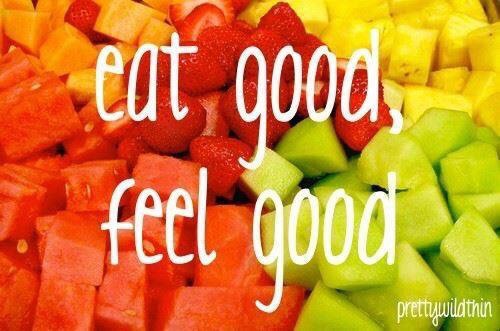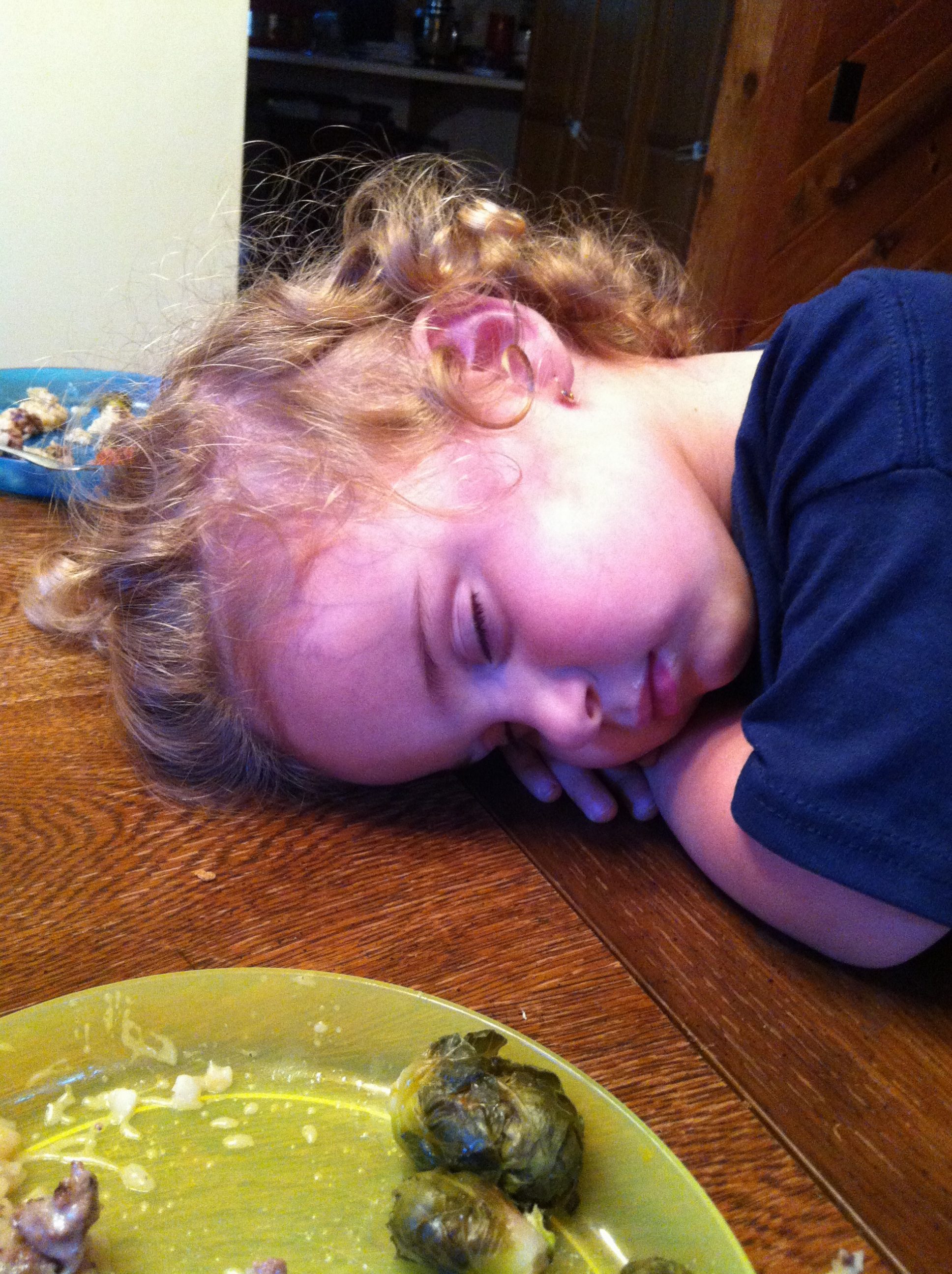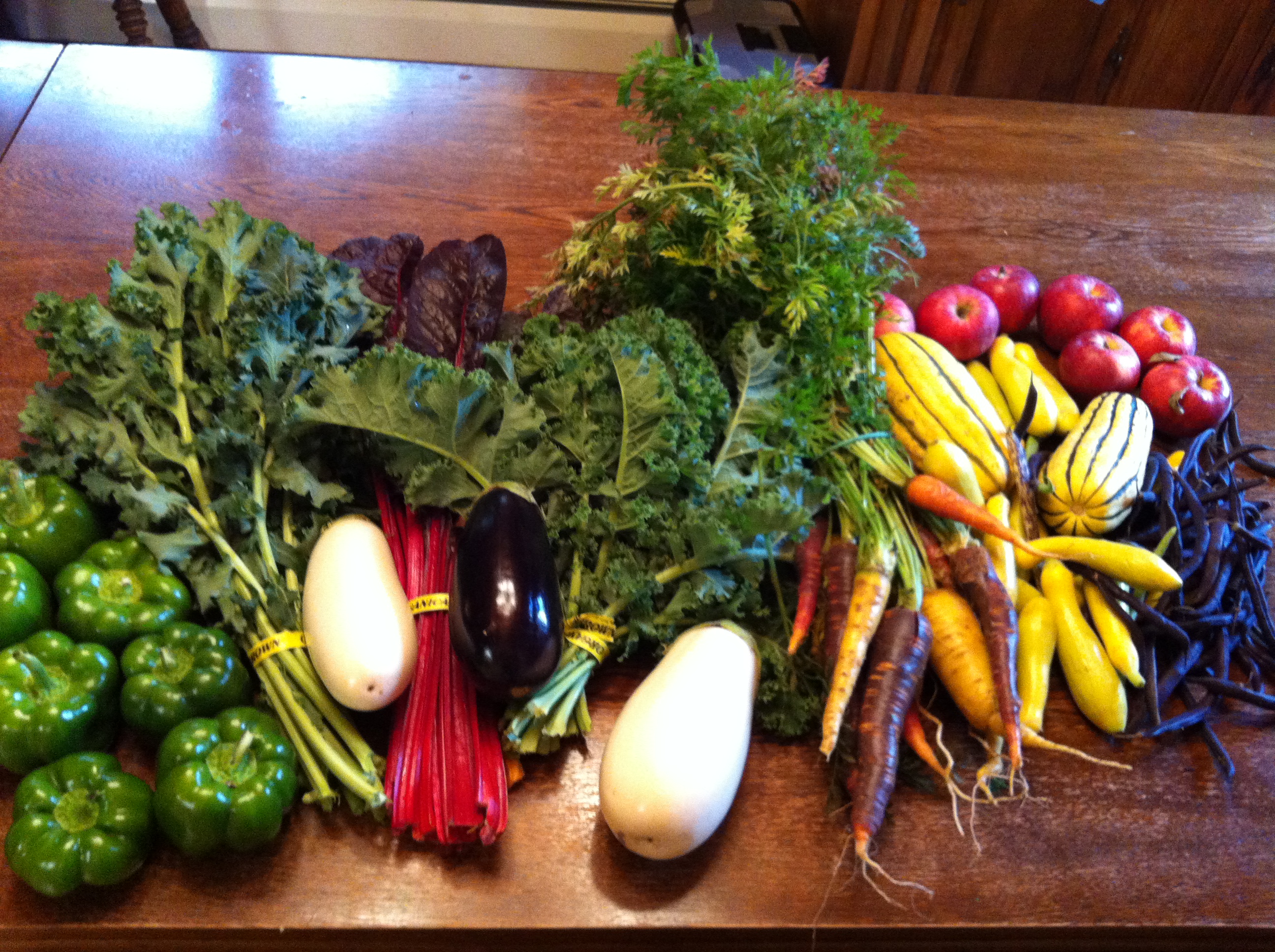Blogging is not for the faint of heart. Or the undisciplined. So many things get in the way. Same with taking charge of your health, right? There are so many other demands on us that we push the things we don’t consider to be overly important to the side and let the busy seep in or even wash over us. So it stands to ask: how important are these things really? Are you committed? If not, why are you bothering to try? Maybe we need to Marie Kondo our to-do lists….
Well, good news is that I think blogging IS important and I like to disseminate what I learn about healthy living so YOU are in luck! I may be slow to post but I’m not going anywhere 😁
So let’s talk SUGAR! Where do we leave off? I think I said sugar is bad, we should avoid it but it’s in everything. Did you do your homework? What surprised you? Did you know sugar is in mayonnaise? Worcestershire sauce? Tomato soup? And every other thing? Did you find anything that didn’t have sugar in it? Reading labels is the only way you will find out. Even items that say they are sugar free or have no added sugar may, in fact, contain sugar. Which leads me to this: do you know what I mean when I say “sugar?”
I had to do a little review myself so don’t feel bad if you’re not sure what’s good and what’s not. I’m going to give a brief lesson.
Sugar=FRUCTOSE.
Your body needs GLUCOSE to function. Most of us equate glucose with sugar but we were deceived. Sugar contains fructose. That sparkly white stuff on your table? 50% fructose. High fructose corn syrup? 50% fructose. So technically it’s not metabolized differently than table sugar but neither is good for you. Agave is healthy, right? Nope. Agave is 90% fructose! Honey? Fructose. Maple syrup? Delicious. But fructose. Corn syrup? Fructose.
Fructose is super sweet and super cheap. Your body doesn’t register it when you consume it so you are still hungry after you eat or drink it. It’s metabolized incompletely by your liver which in turn stores it as terrible byproducts and causes fatty liver. It also creates the bad type of cholesterol that clogs your arteries (it looks like cheesecake in your artery. I saw it firsthand during my surgical rotation in nursing school 🤢) . It is the perfect thing to put in your food products if you are a manufacturer because it makes people eat MORE! I’m not a conspiracy theorist but this is the science. This is researched. Fructose is killing us.
Now, I am not a complete kill joy. Your liver can handle tiny amounts of this stuff on occasion (say once a month) but not on a daily basis. Watch THIS video for all the details. Dr Richard Lustig is much more interesting to listen to than if I were to try explaining the metabolism of fructose vs glucose vs ethanol. Seriously, Dr Lustig does a great job at making it interesting! Pinkie swear!
So what about fruit? Fruit is good. How? Fruit is a whole food and it contains fiber which mitigates the effect of fructose and also slows its absorption. It has fructose but it contains fructose the way God intended for us to be able to eat it. Fruit makes an excellent dessert.
Ok, back to what your body needs which is glucose. This is what fuels your muscle and brain. Glucose = dextrose. So if a food contains dextrose, its ok as far as the sugar issue is concerned. Ironically, thus far, the only food I’ve been able to find that contains dextrose and not sugar is salami. Ugh. Don’t get me wrong, I love salami, but its not health food. I do, however, have some in my fridge now… 😉
Keep checking your labels. Consider how many foods you eat everyday that contains some form of added sugar. What can you live without? What can you find a substitute for? Although Eve Schaub* was able to go for a whole year without sugar*, I am aiming for a lifetime of avoidance. Not zero but very little. to be honest, I think chocolate is going to be the hardest to find a substitute for. Lily’s stevia sweetened chocolate looks like a viable contender although it contains stevia and erythritol. I will keep my eyes peeled for evidence that we shouldn’t consume these either. Lily’s chocolate chips have been adorning my paleo waffles. No syrup needed!
As you shop, let me know what you find. I am starting a list of good for you and good tasting foods that are truly free of added sugars. Help me create the list!!
Next up? Ways to measure fitness and how to set goals.
Until then, here’s to your health!
Liz
*links with an asterix are affiliate links. these are no cost to you but if you make a purchase I may make a few cents. I only link to things that I use myself or books I have read and love. Always check the library for books first or buy the used version if available to save $$!
links without an asterix are non-affiliate links. They do not cost you anything either.





